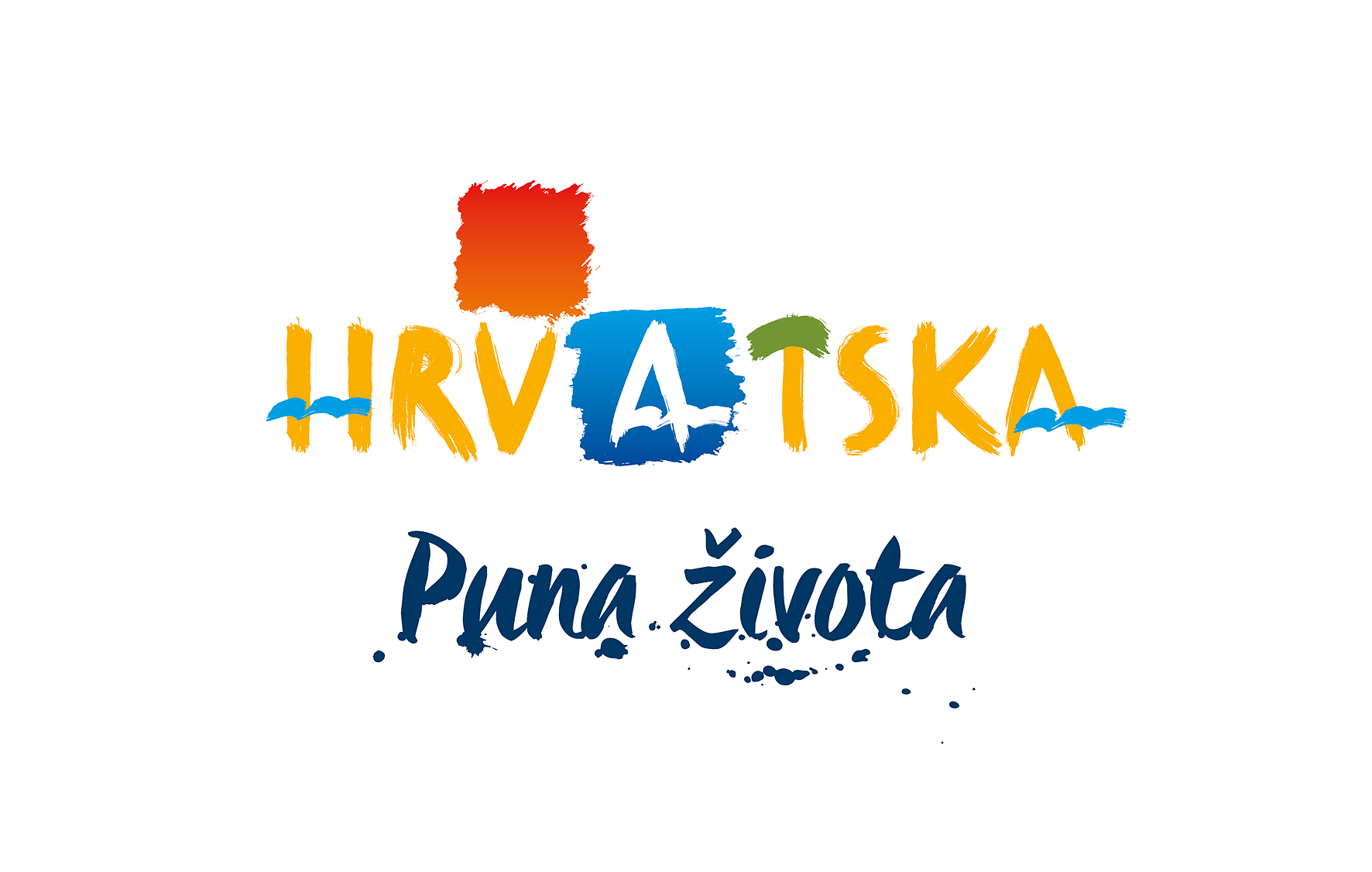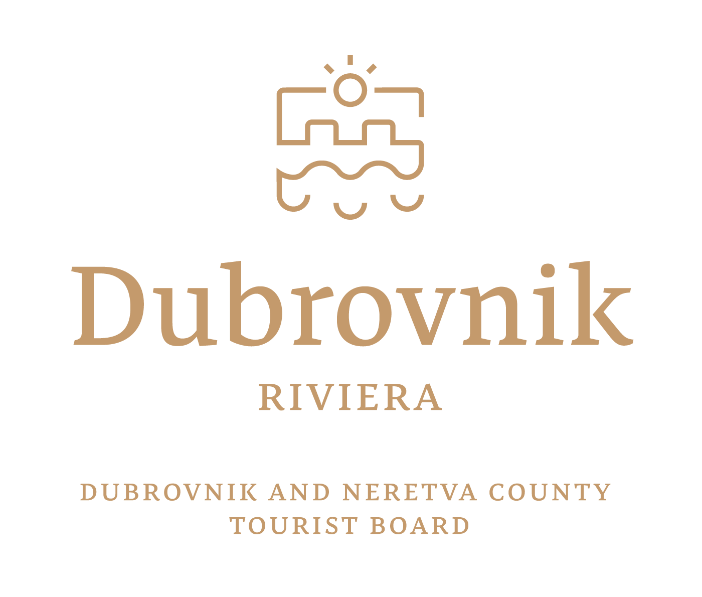Natural heritage of island Mljet
Geographically, Mljet is located in the open sea on the southeast Adriatic. Its location determines clime and vegetation on the island which is famous by its natural heritage: lakes, bays, sources of drinking water, steeply and rocky coast, preserved forests of holm oak tree and aleppo pine, caves, sandy coves... Those are some of the reasons why in 1960. northwest part of the island, with its area of 3000 ha, became national park. Institution for preserving natural heritage was founded in the same year.
Mljet is hilly island, the highest point is Veliki grad with its 514 meters and it is located in middle part of the island. Cliffs are made of limestone and dolomite. There are no water courses on the island, but there are several sources of drinking water. Great and Small lake on the northwest side of the island are submerged kasrst valleys filled by sea. Coastline on the island is rugged; there is great number of islets, coves and reefs.
Fauna
Rich and the interesting fauna of the island has not been fully explored yet.
From the reptiles there are a road lizard (Lacerta viridis), Sharp-lizard (Lacerta oxycephala), common lizard (Lacerta melisellensis) and the pet gecko (Hemidactilus turcicus). Snakes are quite rare (there are no poisonous) after they brought the mongoose (Herpestes auropunctatus) 1909th year. After an initial rapid increase, mongoose populations came to a certain balance with the environment.
From the mammals there are: mouse (Apodemus mystacinus), hedgehog (Erinaceus europeus), more species of bats (Chiroptera), common dormouse (Glis glis), marten (Martes foina) and common hare (Lepus europaeus). Fallow deer (Dama dama) was entered on the island after the Second World War, and more recently wild boar (Sus scrofa).
Bird world is rich and the diverse especially in the migrating season. In pine woods and the surrounding macchia live thrushes (Turdidae), tit (Paridae), Queen (Regulidae), warbler (Sylvidae) _ Hoopoe (Upupa epops), Roller (Coracias garrulus), etc.
Valleys and the fields in the winter time are populated by Finch (Fringilidae), Lark (Alaudidae) and the shepherdesses (Motacilidae). Along the coast and especially on the mud lakes there are: mallards (Anatidae), grebes (Podicipidae), herons (Ardeidae) and the snipe (Scolopaeidae). In migrating here are many Falconiformes (Falconidae), and ring dove (Columba palumbus) and the stock dove (Columba oenas). At the Park nests wild pigeon (Columba livia) and the rare prey eagle owl (Bubo bubo).
The sea around the island is characterized by well preserved wildlife, distinctive from southern Adriatic.
 TURISTIČKA ZAJEDNICA
TURISTIČKA ZAJEDNICA 




 Povećaj font
Povećaj font Smanji font
Smanji font Crno bijelo
Crno bijelo Visoki kontrast
Visoki kontrast Negativni kontrast
Negativni kontrast Svjetla pozadina
Svjetla pozadina Podcrtane poveznice
Podcrtane poveznice